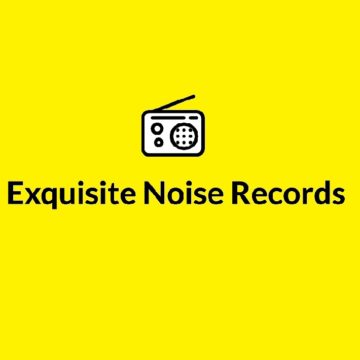Today’s offering will cover your back catalog, which may or may not be your only catalog. Assuming you are like we are and probably most other amateur hacks out there, whether recorded onto tape or even the early days of computer (Windows 95! And we still rock this unit occasionally!) chances are your songs have a bunch of background static that you’ll want to wipe out before you move on and get serious about putting this stuff out there for the public.
Assuming you’re dealing with a cassette, the first step is to run a 1/8″ cord from your stereo’s “headphones” outlet into the back end of your computer. The hole you’re looking for back there (these used to be uniformly color coded, which helped. I’m not sure why computer manufacturers got away from it) is the line-in slot, which was always color coded black in the past but now you’ll either have to figure out which one that is, or get out the magnifying glass and check for some etched hieroglypic telling you this is the line-in input. At any rate, it’s right by where you plug your speakers in, if this helps. 90 percent of the time this is where you’re running the cord from your stereo to; for the remainder of you, and this has to do with your computer’s sound card I suppose, you’ll be running the cord instead to the “microphone-in” input, which was always color coded red in the past but at any rate is right beside the speaker (green) and line-in inputs.
Now here’s where your Cakewalk program comes into play. Open the program. Ignore the “tips of the day” when it pops up, at least for the time being, and click on Open New Project. Then select 8TR Audio as the type of project you’re opening. Your first step, oddly enough, is going to be clicking Options, then Project, then Metronome. At least on every computer I’ve installed this program on anyway, for some reason these projects open with the annoying click of a metronome automatically loaded onto them. I’m not sure why. You want to unclick all of the check marks here, then save your project (Ctrl + S, or click File, then Save) as whatever the title of your song is.
Now, a test run. What you should be looking at here is the 8 different channels of your mixing board. Click the “R” button on one of them (big and grey, about halfway down), it doesn’t matter which track you pick. Now, go over to your stereo and hit play, and at this point you should see the volume meter jumping up and down on your computer monitor, on the track you clicked the “R” on (it means you have armed the track to record, but it’s not actually recording just yet). What you want to do here, generally, is adjust your stereo volume now so that it plays as loud as possible without causing the volume meter to go into the “red” – you want it to peak out near the top of the “green” on your volume meter.
The rest is simple. Rewind your song back to the silence before it starts. Go up to the top right on your Cakewalk program and click the Record button, which is a black square with a red dot in the middle of it. Now click Play on your stereo. When the song is finished playing, click the Stop button on Cakewalk, which is the black square up at the top right. Save your file again.
You will likely want to edit out some clicking sounds at the beginning and possibly end of your song, which again is a breeze. Click on View, then Audio, otherwise known as the “Track View” option (it has an icon about four rows down, near the left of the screen, big black wavy lines that look like Charlie Brown’s sweater).
Once you are on that screen, hold down the “Alt” button on your keyboard. Move you mouse cursor into the colored band of the track you just recorded (green on most computers, purple on some). Now hold down your left mouse button and drag it through the entire section that you wish to cut out. Let go. It should now show a highlighted black area of material (blank space, clicks, whatever) that you wish to delete. Up top, click on the icon that looks like a pair of scissors. A box will pop up. Checkmark “Split audio events” and “Delete hole” and just like that, you’re done. Save.
There are more complicated issues ahead, such as getting rid of unwanted static, adjusting spots that might be too loud/quiet, and so forth. But for now the primary focus is to repeat this process for every song that you wish to transfer from cassette to the digital era. Or, even if you’re only wanting to get this stuff on CD, it’s a really valuable process to know. In theory, you could record one entire side of a cassette at once instead of song by song, but this generally creates more headaches than it solves. For one, if you get the dreaded “Dropout,” you’ll have to start over at least to the beginning of the current song, and for another, it’s much more irritating to edit.
Anyway, that’s it for now. On my next post I’ll cover all aspects of improving your audio, be it from this cassette “uploads” or from a disc, the final step before getting this stuff out there to the world.


